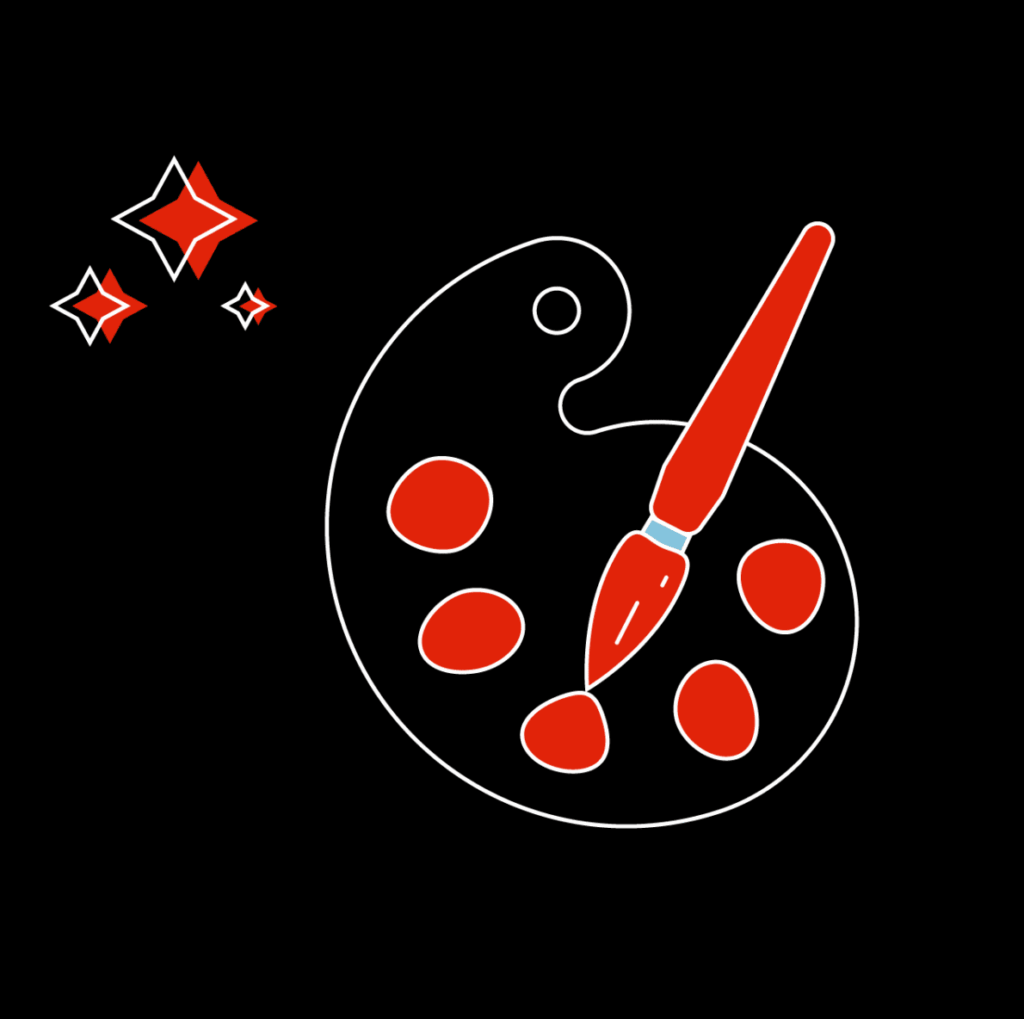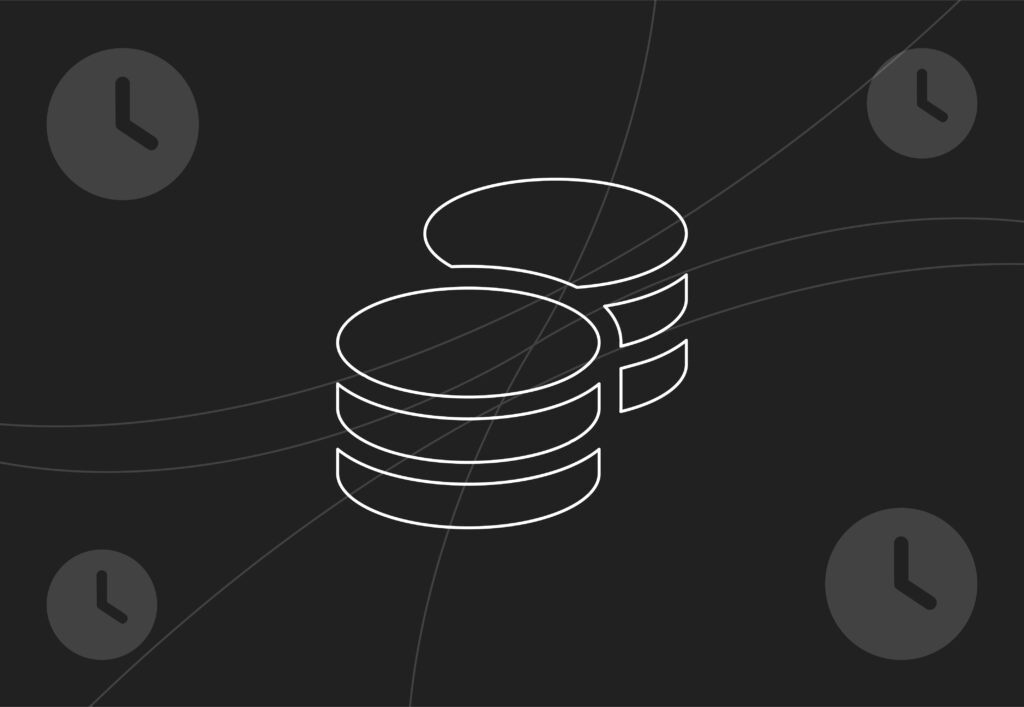
How to align creative assets with stages of the customer journey

As a graphic designer, I’ve worked with brands across all sorts of industries, and one thing has become clear: design is subjective, and everyone is drawn to something different. You can create the most beautiful, clever, or polished visuals, but if they’re not aligned with what your audience needs, they’re not doing their job.
That’s why understanding the customer journey is so important when creating visuals. Every stage of that journey, from first discovering your brand to becoming a loyal customer, needs a different kind of creative asset. In this blog, I’ll break down how to align your design work with each stage of the customer journey in a way that helps drive engagement, conversions, and long-term brand love.
Stats
- Design-driven companies outperformed the S&P 500 by 228% over the course of a 10-year period (Source DMI)
- Consistent branding across all channels can increase revenue by up to 20% (Source Marq)
- 60% of consumers avoid brands with odd, unattractive, or unappealing logos, even if they have good reviews (Source Study Finds)
- Strong UI/UX design can increase site conversion rates by up to 200% (Source Forrester)
- 90% of information sent to the brain is visual, making graphics an essential component of effective communication (Source MedTechIntelligence)
- The human brain processes visuals 60,000 times faster than text—incorporating striking visuals can help convey your message effectively (Source IMC)
- Social media posts with images produce 650% higher engagement (Sproutworth)
- Nearly 50% of online visitors say that a website’s design is the most crucial factor in deciding the brand’s credibility (User Guiding)
- Almost 85% of people say that colour is the main reason that they buy a certain product (Colorlib)
- Colours can improve content, service, or product comprehension by 73% (WebFX)
- More than 60% of digital marketers claim visuals are the most important component of successful marketing (The Brand Shop BW)
- 93% of people agree that an object’s visual dimensions influence their purchasing decisions. (Lemon Face Creative)
- Half of consumers say a company’s website design is crucial to their opinion of that brand (Agility PR)
- 94% of people might mistrust a website if its design is lacking (Clique Studios)
- 73.1% of web designers say non-responsive design drives visitors away. (We Are Thunderbolt)
- 85% of B2B and 79% of B2C users say that the experience of a brand is just as important as what it sells (Salesforce)
- 38% of people will stop engaging with a website if the design is unattractive (BiStudio)
- 88% of people are less likely to return to a website after a bad experience (Linearity)
- It is approximately 5 times more expensive to acquire a new customer than to keep an existing one (Optimove)
- The food and beverage industry has experienced a 7% increase in demand for graphic designers to create visually appealing packaging and branding. (Linearity)
What is the customer journey?
Before we dive in, let’s quickly recap what the customer journey is. It’s the path someone takes from not knowing anything about your brand to (hopefully) becoming a repeat customer who tells others about you. Most marketers break this journey down into five main stages:
- Awareness
- Consideration
- Conversion
- Retention
- Advocacy

Each stage represents a different mindset, and your creative assets need to match where your audience is emotionally and practically. Let’s look at how to tailor your design work at each stage.
Stage 1: Awareness – ‘I just found out about you’
This is the top of the funnel, the first moment someone becomes aware that your brand exists. Here, your job as a designer is to grab attention and make a strong first impression.
What kind of creative assets work here?
- Social media graphics
Social media graphic example:
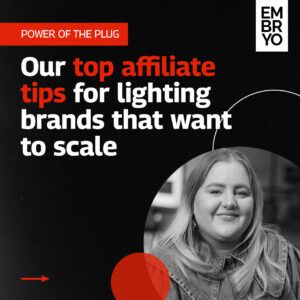
- Display ads and banners
- Short videos or reels
- Billboards or posters
Poster example:
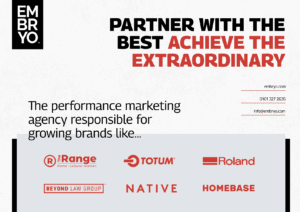
- Branded illustrations or animations
Design tips for awareness:
- Lead with your brand personality. Show what makes you different: bold typography, colours, and tone can help you stand out in a crowded feed.
- Keep it simple. This is not the time for lots of detail. You just want to create interest and familiarity.
- Think “doomscroll-stopping.” Especially on social media, design with motion or punchy visuals to get people to pause their scroll.
Example:
Say you’re designing for a sustainable skincare brand. An awareness-level ad might feature a bold graphic of a clean, minimal bottle with the line: “Your skin deserves better. So does the planet.” It’s not selling a specific product—it’s planting an idea and grabbing the reader’s attention.
Stage 2: Consideration – ‘I’m interested, tell me more’
At this point, people are doing their research. They’ve seen your brand, maybe clicked on a post or visited your site. Now they’re weighing their options.
What kind of creative assets work here?
- Product explainer videos
- Email newsletters
- Infographics or comparison charts
- Landing pages
- Case studies or testimonials (designed as PDFs or web pages)
Case study example:
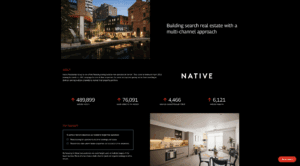
Design tips for consideration:
- Educate with clarity. This is where your designs need to support more in-depth content. Break things down visually: icons, diagrams, simple illustrations.
- Stay on-brand. You’re building recognition now, so visual consistency is key.
- Highlight benefits, not just features. Use design to show how your product or service makes their life better.
Example:
If you’re creating a comparison chart between your skincare product and the competition, design it to be clean, easy to scan, and visually trustworthy. Use colour to highlight your advantages, but avoid making it look biased or pushy.
Stage 3: Conversion – ‘I’m ready to buy’
Now your audience is on the edge of making a purchase. Design plays a huge role in sealing the deal, especially when it comes to reducing friction and creating trust.
What kind of creative assets work here?
- Product pages and eCommerce visuals
- Check out UX/UI
- Call-to-action (CTA) buttons
Call-to-action button example:

- Promotional emails
- Limited-time offer banners or pop-ups
Design tips for conversion:
- Prioritise clarity. People are ready to act, so your design should remove any doubt or confusion. Clear pricing, product images, and shipping info are key.
- Create urgency. Use subtle design cues like countdown timers or “Only 3 left in stock” to nudge people toward action.
- Design for mobile first. Most people buy on their phones. Your CTAs and content need to be easily tappable and quick to load.
Example:
Designing a promotional email? Keep it visual but direct. Use bold type for the offer (“20% Off Ends Tonight”), clean product imagery, and a brightly coloured CTA button that says “Shop Now.” Every second counts.
Stage 4: Retention – ‘I’ve bought something, now what?’
Getting a customer is great. Keeping them is even better. Your design work should now focus on reinforcing the customer experience and encouraging people to come back.
What kind of creative assets work here?
- Onboarding emails or packaging inserts
- User guides (digital or print)
- Loyalty program visuals
- Post-purchase thank-you pages
- Re-engagement campaigns
Design tips for retention:
- Keep the tone warm and human. People want to feel appreciated after they buy. Design touchpoints that feel like thoughtful gestures.
- Deliver value. Help people get the most out of their purchase. Use visuals to guide them through the next steps, best practices, or tips.
- Encourage repeat behaviour. Promote your loyalty program or next product with designs that feel exciting but not salesy.
Example:
If you’re designing a thank you card to go in a product box, don’t just say “thanks.” Make it feel personal and aligned with your brand voice. You could include a QR code that links to a tutorial or offer. Keep the typography and design minimal but easy on the eye too.
Stage 5: Advocacy – ‘I love this brand, let me tell my friends’
Here’s where your customers become your marketers. Your job is to make it easy (and fun) for them to share your brand with others.
What kind of creative assets work here?
- Referral program designs
- Social sharing templates
- Branded GIFs or stickers
- User-generated content prompts
- Community-building graphics
Design tips for advocacy:
- Make shareable moments. Think about how your packaging, emails, or digital experiences can create an “I need to post this” moment.
- Give clear sharing prompts. Include pre-made visuals or templates people can use to post about your product.
- Highlight your fans. Create a design system that features real users, pull quotes, photos, and reviews and make them feel like VIPs.
Example:
Design a referral program graphic that’s friendly and easy to understand at a glance: ‘Give £10, Get £10’ with simple icons and a clear referral code layout. Bonus if you can animate it for social.
Wrapping it all up
Here’s the key takeaway: Your designs should guide people, not just impress them. Creative assets need to be in sync with where your audience is in their journey, what they’re feeling, what they need, and what’s going to move them to the next step. It isn’t just about aesthetics, it’s about driving them to take action.
By thinking this way, we as designers become more than just “makers of pretty things.” We become strategic partners who help shape the customer experience, driving meaningful engagement and measurable results. This is also important at every touch point with your potential customers, from the initial spark of awareness to conversion and brand advocacy.
And that’s what great design is really about: transforming potential customers into loyal advocates through impactful, engaging and journey-aligned creative.
Want to elevate your designs and generate ROI that will grow your business? Get in touch with our award-winning team to see how we can help you align your creative at every step of the customer journey.


